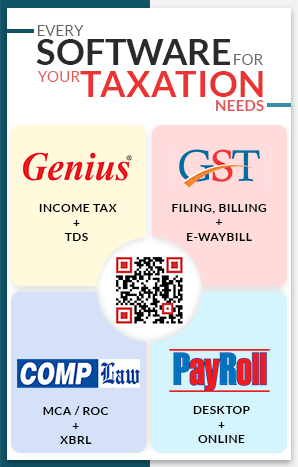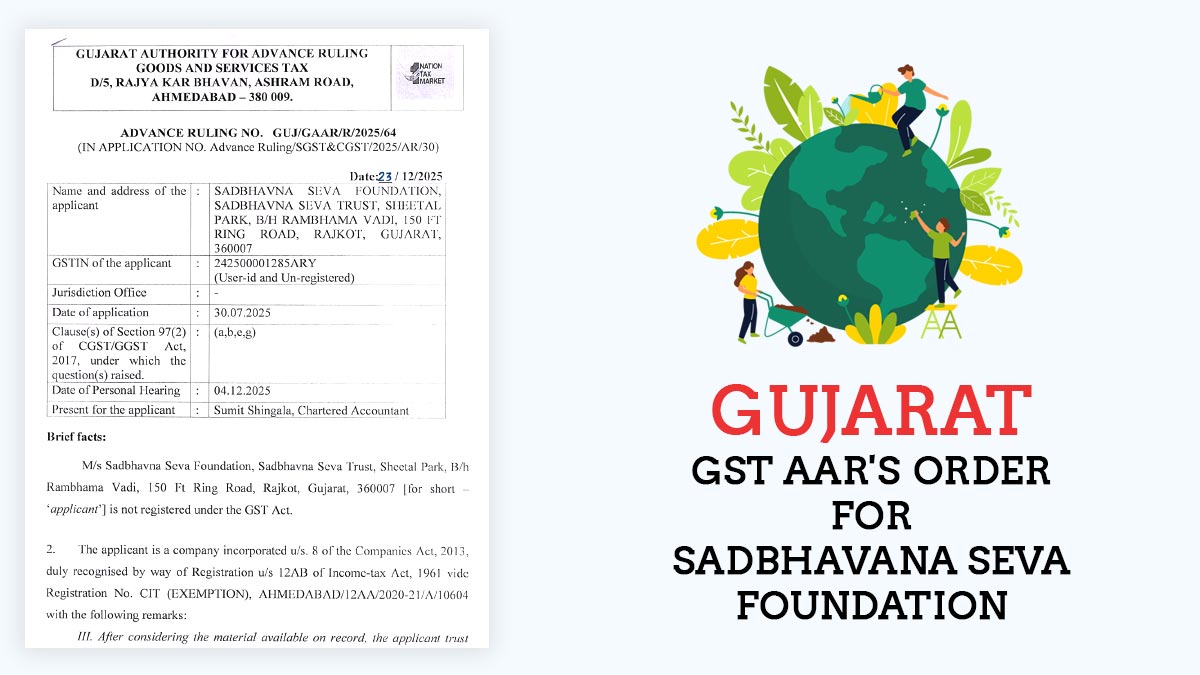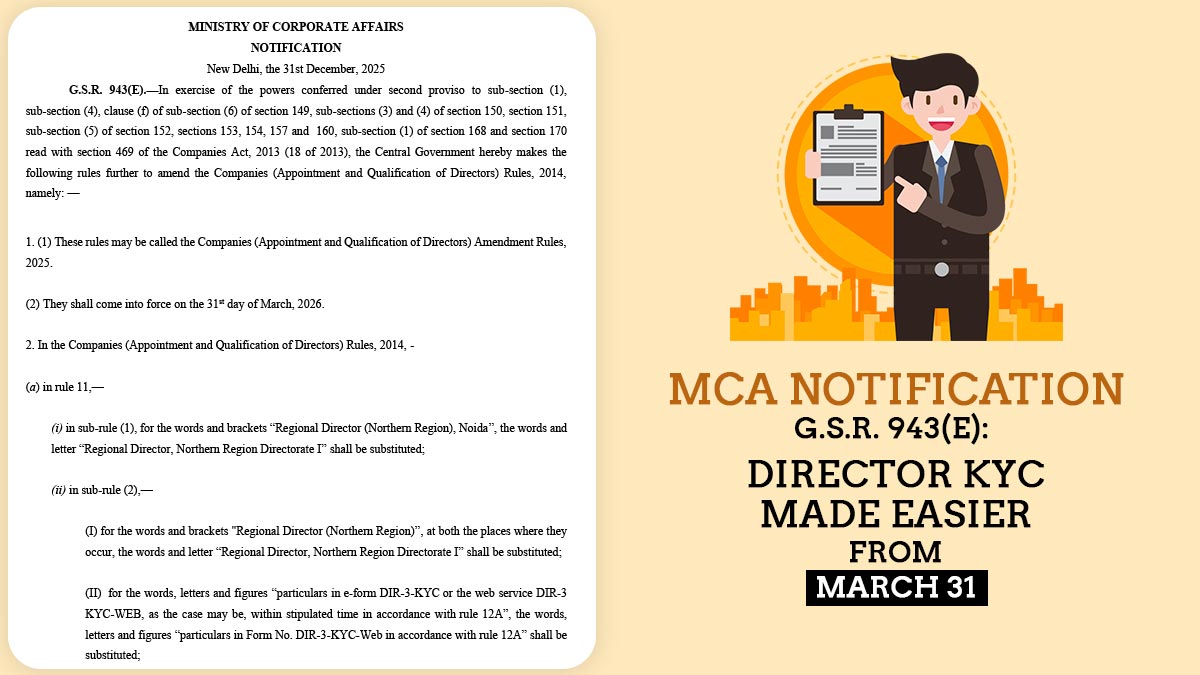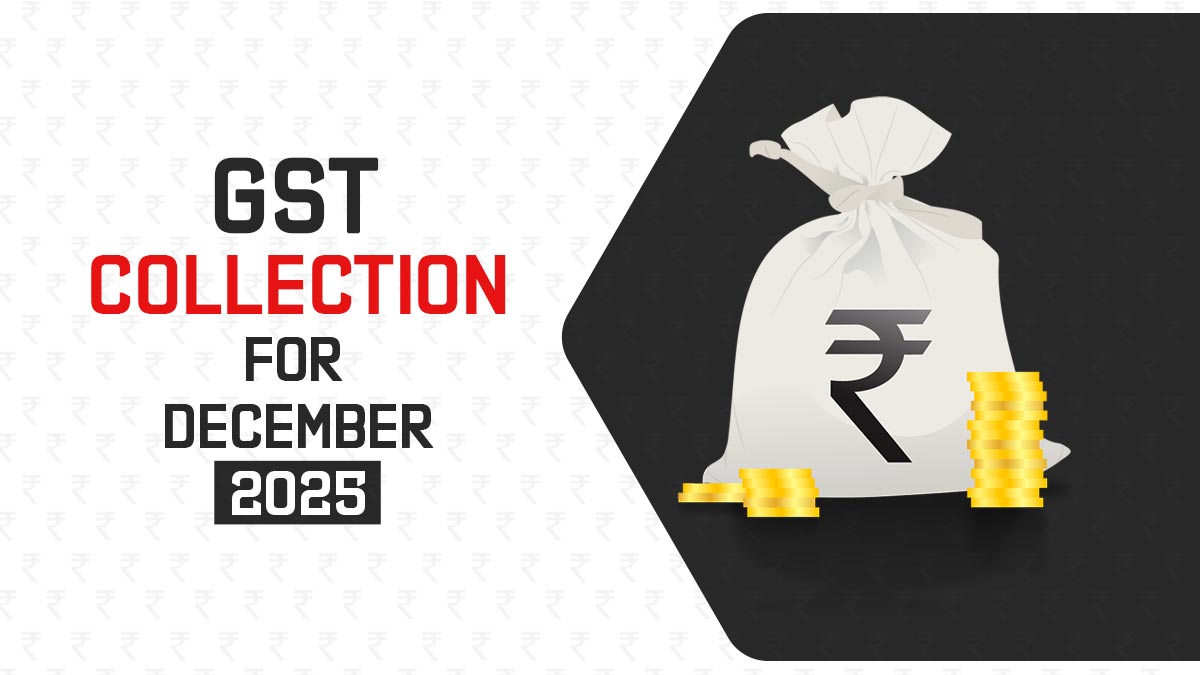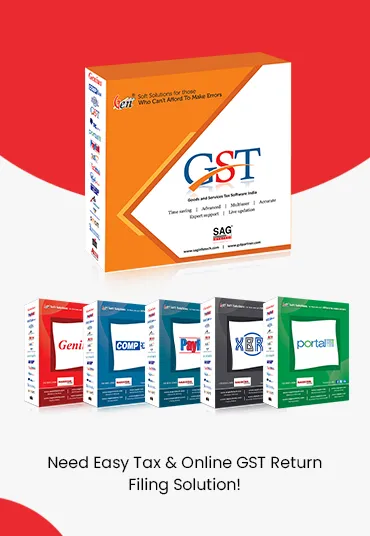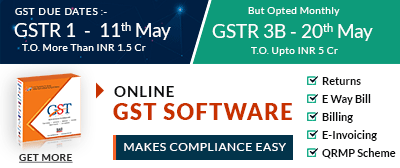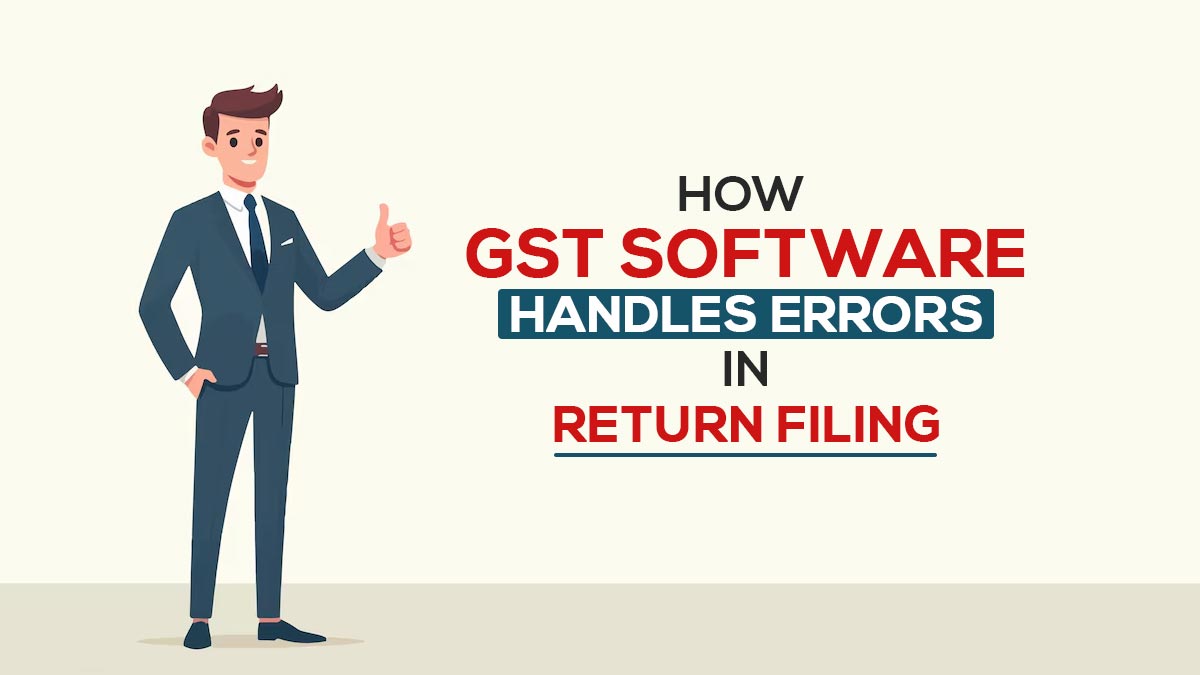
Since the inception of the Goods and Services Tax (GST) in India in 2017, businesses have faced challenges in adjusting to the new tax system. The aim of GST was to simplify compliance, but achieving this objective has not been easy so far.
GST was introduced to streamline indirect taxes, but filing GST returns involves extensive details, complex calculations, and strict deadlines. Errors in filing can lead to penalties, additional charges, and restrictions on claiming tax credits.
But the software shall support businesses in lessening the errors and ensuring that they fulfil their tax liabilities appropriately.
Errors of GST Return Filing
It is needed to consider the errors that happen frequently in GST return filing before understanding how the software addresses the above-discussed problems-
- Late GST Filing- Skipping the return filing due dates results in late fees and interest charges.
- Inappropriate Adjustment of Credit and Debit Notes- Wrong management of credit or debit notes distorts liability figures and draws compliance notices.
- Mistaken GSTIN Details- A simple type in the GST Identification Number can outcome in rejection of returns or misallocation of payments.
- Mismatch in Invoice Data- Mistakes in invoice number, date, taxable value, or tax rate often yield discrepancies between GSTR-1 and GSTR-3B, affecting ITC claims.
- False Tax Rate Selection- Applying the incorrect GST slab rates (5%, 12%, 18%, 28%) can lead to underpayment or overpayment of tax.
- Transactions Omission- Missing sales or purchases entries because of manual negligence impacts return accuracy and ITC eligibility.
- GST ITC Claim Errors- ITC claiming for ineligible items or not claiming it within the said time can lead to financial losses and legal consequences.
How GST Software Governs These Errors
GST software has been developed to automate, validate, and track GST compliance processes, lessening human errors. Below is its assistance-
Real-Time GST Compliance Alerts
For the coming deadlines, the system sends the reminders and a caution about the data that has not been completed or is pending reconciliation. By acting on such alerts, businesses can prevent the late fees.
GST ITC Eligibility Checks
GST software applies rule-based logic to offset the ITC claims that are not eligible, like those from blocked credits under section 17(5) or purchases from unregistered suppliers.
Credit and Debit Note Management
The liability figures are adjusted automatically by the software on entering the credit or debit notes, assuring they are accurately shown in the pertinent returns.
Data Validation
GST software verifies GSTINs, invoice formats, and tax rate applicability in real time. If the GSTIN entered is not correct, it alerts users if an invoice number is duplicated or if a tax rate is inconsistent with the HSN/SAC code.
GST Invoice Reconciliation
Reconciling purchase invoices with the supplier’s GSTR-1 form data is among the complex aspects of GST compliance. Automatically, GST software matches GSTR-2B with purchase records, underscoring mismatches for timely corrections before filing.
Accurate GST Tax Calculations
The software with mapping HSN/SAC codes to applicable GST rates ensures that the accurate tax rate is applied. It computes CGST, SGST, IGST, and cess automatically, avoiding computational mistakes.
Auto-Population GST Returns
The software, rather than manually entering values in GSTR-1, GSTR-3B, or other forms, auto-fills data from recorded invoices and transactions. It lessens manual typing errors and confirms consistent figures in all forms.
Multi-Branch and Multi-GSTIN Handling
GST software for businesses with operations in various states consolidates data while keeping state-wise segregation. It averts misreporting of branch-level transactions.
Additional Benefits of GST Software
GST software, apart from controlling errors, proposes advantages that facilitate overall tax compliance:
- Accounting Systems Integration – Software can sync with ERP or accounting platforms to ensure data consistency.
- Audit-Ready Notes– Departmental audits or inquiries can be easily handled under the detailed reports.
- Time Efficiency – Automation decreases the time consumption on repetitive tasks like invoice entry and reconciliation.
- Cloud Accessibility – Various GST software solutions are cloud-based, which permits real-time access and collaboration across locations.
How to Choose the Correct GST Software
When choosing the GST software, businesses must consider:
- Strong Security Protocols – Data encryption and secure backups are critical for safeguarding crucial business information.
- Trustworthy service– Fast customer assistance assures streamlined resolution of problems.
- User-Friendly Interface – Straightforward navigation ensures more rapid adoption by staff.
- Customizable Features – Ability to adapt to the precise business needs.
Regular Updates – Compliance rules alter frequently; software should update automatically to reflect the latest GST norms.
Closure: Businesses must follow the GST norms, but its process must be streamlined. Since the rules may be complex, therefore on tax filing errors can take place. Also, these errors incur cost. Companies utilising reliable GST return filing software automate tasks such as calculations and ensure their information is accurate, supporting them in fulfilling deadlines without any last-minute hassle.
Tax departments in the present digital world are using smart technology to locate errors. Therefore, being precise with GST filing is essential. The use of the software is an effective way to confirm everything is accurate, and it ensures finances are kept in order and secure peace of mind.



